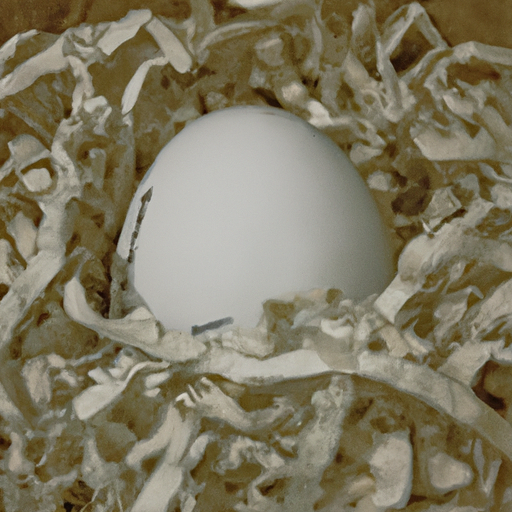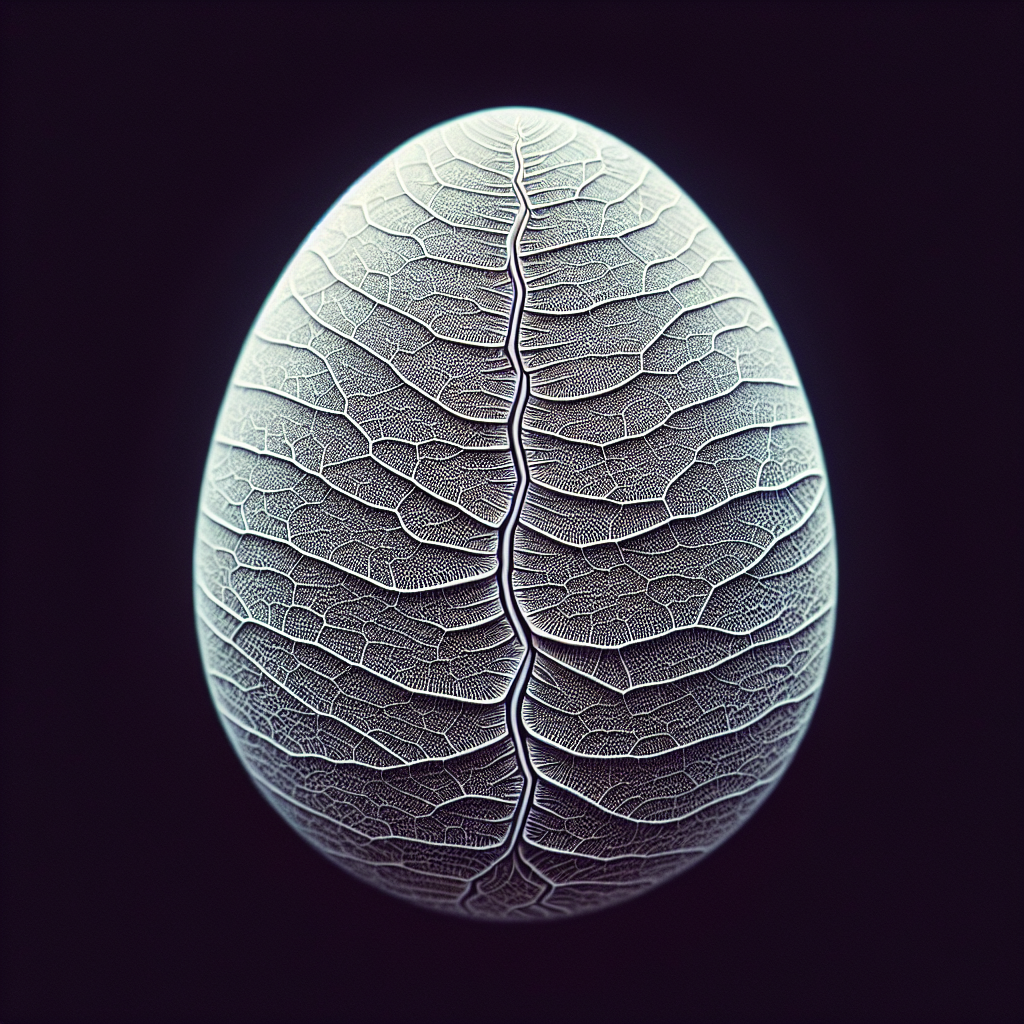Have you ever wondered about the causes and treatments for egg-binding in hens? This article aims to shed light on this common condition that occurs when a hen is unable to lay her eggs. We will explore the various factors that can lead to egg-binding, including nutritional imbalances and anatomical abnormalities, and discuss the different treatment options available to alleviate this discomforting condition. So, if you’re curious to learn more about why hens experience egg-binding and how to help them, keep on reading!
Causes of Egg-binding
Egg-binding, the condition where a hen is unable to lay her egg, can have several underlying causes. One common cause is obesity. When hens are overweight, the excess body fat can put pressure on the reproductive organs, making it difficult for them to expel the egg. Another cause is a lack of calcium. Adequate levels of calcium are necessary for the development of strong and healthy eggshells. When hens do not receive enough calcium in their diet, their eggs may have weak shells or be retained within their bodies. Age can also play a role in egg-binding, as older hens may experience decreased muscle tone and reproductive efficiency. Genetics can further contribute to egg-binding, as certain breeds or lines may be predisposed to have reproductive abnormalities. Additionally, stress and infectious diseases can cause hormonal imbalances and weaken the hen’s ability to lay eggs effectively.
Symptoms of Egg-binding
Detecting egg-binding in hens is crucial for prompt intervention and treatment. Visible discomfort is a common symptom, as the hen may exhibit signs of agitation, restlessness, or straining. Loss of appetite can also be observed, as the hen may refuse to eat due to the discomfort or pain associated with egg-binding. Excessive straining is another symptom to watch for, as the hen may repeatedly attempt to lay the trapped egg without success. Weakness can occur as a result of the energy expended in trying to expel the egg, leading to general fatigue and lethargy. Dehydration can also be a symptom, as the hen may neglect to drink water due to the pain or difficulty associated with egg-laying.
Diagnosis of Egg-binding
To accurately diagnose egg-binding in hens, several methods can be employed. A physical examination by a veterinarian can provide valuable insights, as they may be able to feel the presence of an egg within the hen’s abdomen. Radiography, commonly known as X-rays, can offer a more detailed view of the hen’s reproductive tract, allowing the veterinarian to determine the position and size of the trapped egg. In some cases, ultrasonography may be used to visualize the reproductive organs and obtain real-time images of the egg and any complications.
Treatments for Egg-binding
When a hen is diagnosed with egg-binding, various treatment options can be explored. Warm baths can help relax the hen’s muscles, potentially aiding in the passage of the egg. Dietary adjustments, such as providing a calcium-rich diet, can help address the underlying cause of egg-binding. Calcium supplements may also be recommended to ensure the hen receives adequate amounts of this essential mineral. Hydration therapy, such as providing electrolyte solutions, can help combat dehydration and nourish the hen during the treatment process. Gentle massage techniques can be employed to stimulate contractions and promote egg-laying. In some cases, hormone injections may be necessary to induce contractions and assist in the expulsion of the egg. If all other methods fail, surgical intervention may be required to remove the trapped egg.
Prevention of Egg-binding
Preventing egg-binding in hens is preferable to treating the condition. Proper nutrition is crucial in preventing egg-binding, as a well-balanced diet that includes calcium-rich foods can support healthy egg production and laying. Stress reduction is also important, as stress can disrupt the hen’s hormonal balance and reproductive function. Providing a calm and comfortable environment for the hens, free from excessive noise and disturbances, can help alleviate stress. Regular exercise is beneficial for maintaining overall health and muscle tone, which can aid in successful egg-laying. Additionally, offering a calcium-rich diet can help prevent calcium deficiencies and support optimal eggshell formation. Close observation of the hens and taking prompt action at the first signs of egg-binding can prevent the condition from progressing and causing further complications.
Seeking Veterinary Assistance
When dealing with egg-binding in hens, it is crucial to seek veterinary assistance promptly. A veterinary consultation is important because a professional can accurately diagnose the condition and recommend appropriate treatment options. Early intervention can significantly improve the chances of a successful outcome and reduce the risk of complications. In some cases, professional egg extraction may be necessary to safely remove the trapped egg and alleviate the hen’s discomfort.
Potential Complications
If left untreated, egg-binding can lead to various complications. One potential complication is egg peritonitis, which occurs when the contents of a broken egg leak into the hen’s abdominal cavity, leading to inflammation and infection. Internal injuries can also occur during attempts to expel the trapped egg, potentially causing damage to the reproductive organs. Urinary tract issues can arise due to the proximity of the reproductive and urinary systems, leading to blockages or infections. Metabolic disorders can develop as a result of the stress and strain on the hen’s body during egg-binding, affecting overall health and well-being.
Egg-binding in Different Bird Species
While egg-binding is commonly associated with hens, it can occur in various bird species. Differences in anatomy between species can contribute to variations in the incidence and presentation of egg-binding. Each species may have its own unique causes for egg-binding, requiring tailored treatments and interventions. Understanding the specific anatomical and physiological characteristics of different bird species is crucial in effectively addressing egg-binding in each case.
Breeding Practices and Egg-binding
Breeding practices can also influence the occurrence of egg-binding in hens. Selective breeding considerations should include the prevention of genetic predispositions to reproductive abnormalities. Balancing egg production with the overall health and well-being of the hens is essential for minimizing the risk of egg-binding. Proper management and care are crucial in ensuring the reproductive success and overall welfare of the breeding flock.
Alternative Remedies and Care
In addition to conventional veterinary treatments, some alternative remedies and care techniques may be considered for hens with egg-binding. Herbal supplements that promote muscle relaxation and aid in hormonal regulation may be helpful in facilitating egg-laying. Relaxation techniques, such as providing a calm and stress-free environment, can promote natural contractions and aid in egg expulsion. Natural lubricants may also be applied to the vent area to facilitate the passage of the egg. It is important to consult with a veterinarian before attempting any alternative remedies to ensure their safety and efficacy.
In conclusion, egg-binding in hens can be caused by various factors such as obesity, lack of calcium, age, genetics, stress, and infectious diseases. Recognizing the symptoms, seeking veterinary assistance, and implementing appropriate treatments are vital in addressing the condition. Prevention through proper nutrition, stress reduction, regular exercise, and observation is key in minimizing the risk of egg-binding. By understanding the causes, symptoms, and diagnosis methods, as well as utilizing preventive measures and seeking veterinary guidance, egg-binding can be effectively managed, ensuring the well-being and reproductive health of hens.




